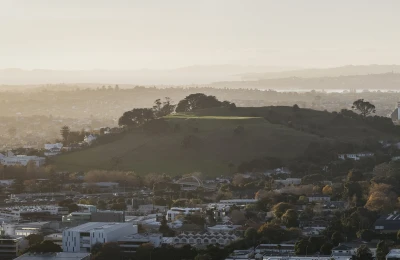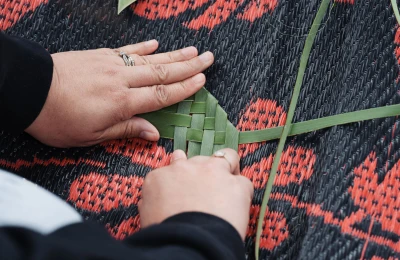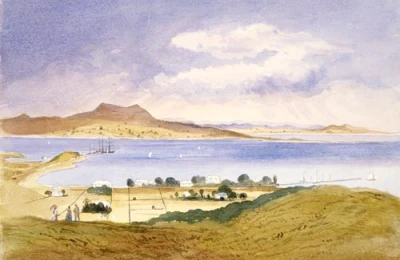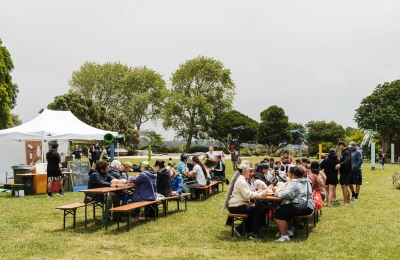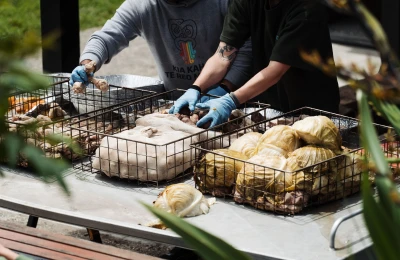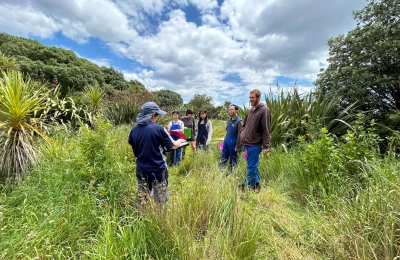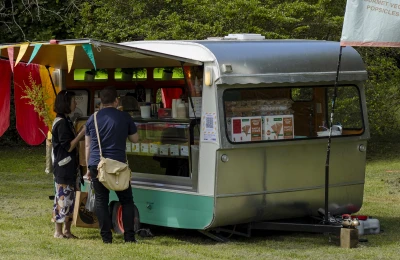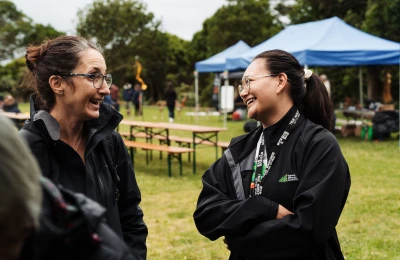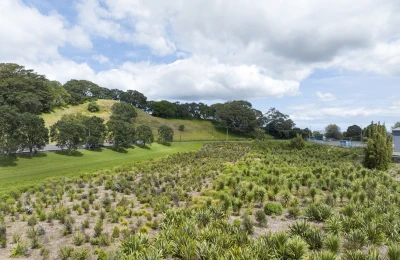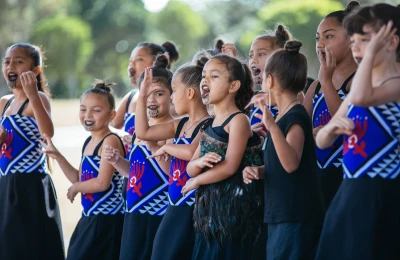Work has begun on reinstating the upper section of the Puketāpapa / Mt Roskill tihi (summit) to grass and transforming it into a vehicle-free space.
Construction work includes removing the ring road at the very peak of the maunga and a reconfiguration of the carpark just below, which will be retained for visitor vehicle access.
Redundant farming infrastructure such as fences and stiles will also be removed, providing an enhanced natural space for pedestrians to enjoy.
To enable the physical works, the summit road will be closed to all private motor vehicles for approximately six weeks. Pedestrians will be able to walk safely to the tihi throughout the construction period.
By early April the uppermost section of the tihi will remain permanently closed to private motor vehicles, including motorbikes and scooters. Vehicle access to the carpark just below the tihi will be reopened.
The Tūpuna Maunga Authority resolved at their November 2016 hui that the tihi of Puketāpapa / Mt Roskill, Ōwairaka / Mt Albert, Maungakiekie / One Tree Hill, Maungarei / Mt Wellington and Takarunga / Mt Victoria would become pedestrian-only spaces.
Motor vehicle removal from the tihi of Auckland’s maunga was also signalled in the Tūpuna Maunga Integrated Management Plan which was publicly notified and the subject of a public submission and hearing process in 2016.
“The very successful pedestrianisation of the Maungawhau / Mt Eden tihi in January 2016 was pivotal in informing the Tūpuna Maunga Authority’s decision on vehicle movement at other maunga,” says Paul Majurey, Chair of the Tūpuna Maunga Authority.
“Since the changes at Maungawhau we have had consistent feedback from visitors that the maunga is more peaceful and safer without cars at tihi. What is really pleasing is the increasing number of people who are understanding and connecting with the preservation of these taonga and the work to bring their natural qualities and cultural history to the fore.”
The Auckland maunga under the care of the Tūpuna Maunga Authority are culturally and archaeologically significant sites.
The maunga were occupied by Ngā Mana Whenua o Tāmaki Makaurau for a millennium and in many cases archaeological remnants of early occupation remain intact. These features and the continued cultural connection over time sets the Auckland volcanic landscape apart from others around the world and helped place the Auckland maunga at the top of New Zealand’s list for world heritage status several years ago.
“To Mana Whenua, the tihi of a maunga holds great spiritual and cultural significance and has always been a place to be treated with respect and reverence. Honouring these values alongside creating an enhanced experience for pedestrians is at the heart of the Authority’s decision to make the tihi of Auckland’s maunga vehicle-free spaces,” says Majurey.
